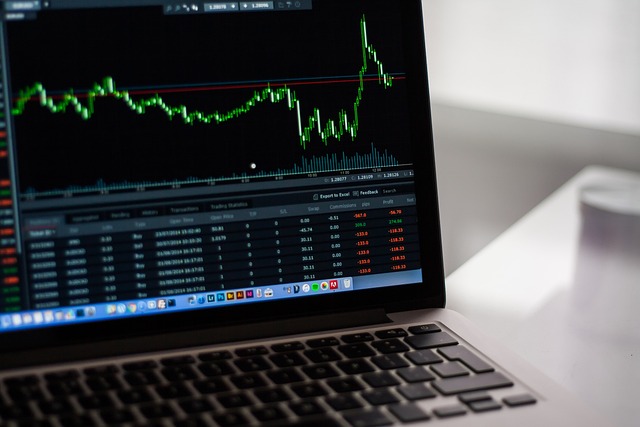BRETT ARENDS’S ROI
They often say that the stock market doesn’t reach its peak until the last bear becomes optimistic. As the late Sir John Templeton used to emphasize, bull markets meet their end with a surge of euphoria.
In terms of the general public, it seems we haven’t reached that point yet.

Throughout the rally that began last autumn, mutual fund and exchange-traded fund (ETF) investors have been steadily exiting the stock market, and this trend persists. According to the Investment Company Institute, the fund industry’s trade association, they offloaded an additional $5.5 billion in stock holdings just last week, adding to the $5.5 billion sold during July. In total, they’ve divested $102 billion this year and a substantial $181 billion since the rally commenced in October.
Their behavior follows a familiar pattern. People often buy and sell at precisely the wrong moments.
These figures challenge the narrative that occasionally appears in the media, suggesting that the market is gripped by euphoria or a dangerous frenzy.
Much of this selling is linked to sentiment around the hottest stocks, most notably Tesla, Nvidia, Apple, Amazon, and Microsoft. Vandatrack, a company monitoring individual stock and ETF purchases, has noted instances of retail buying spikes throughout the year, including early July. However, a large portion of this activity is concentrated in the most popular names.
The American Association of Individual Investors’ “sentiment survey” continues to indicate notably high levels of optimism, but these are simply opinions, as the well-known saying goes.
The broader perspective on the public’s behavior is clouded by a significant long-term shift occurring among individual investors. Over recent years, they’ve been exiting higher-fee traditional mutual funds in favor of lower-cost ETFs. Only by considering combined figures for both fund types can we grasp the complete picture of fund investors’ actions with their money. Furthermore, these numbers do not encompass purchases of individual stocks.
While investors have been shedding their stock holdings amid the rally, the same trend doesn’t apply to bonds. The public is actively pouring money into bond funds once again, investing a substantial $37 billion in July and a noteworthy $160 billion so far this year. This nearly reverses the $225 billion that was withdrawn from bond funds during last year’s tumultuous period.
The familiar pattern of buying high and selling low persists.
If the public is still hesitant to invest in stock funds, it suggests that the stock market’s ascent has further to go.
Next week, we’ll receive insights from BofA Securities about the actions of major institutional investors. They, too, have been maintaining a distance from stocks and holding larger-than-usual cash reserves.
While it’s not a guarantee that all these individuals will suddenly become bullish and inject funds back into the market just before it takes a downturn, that seems to be the most probable course of action.



